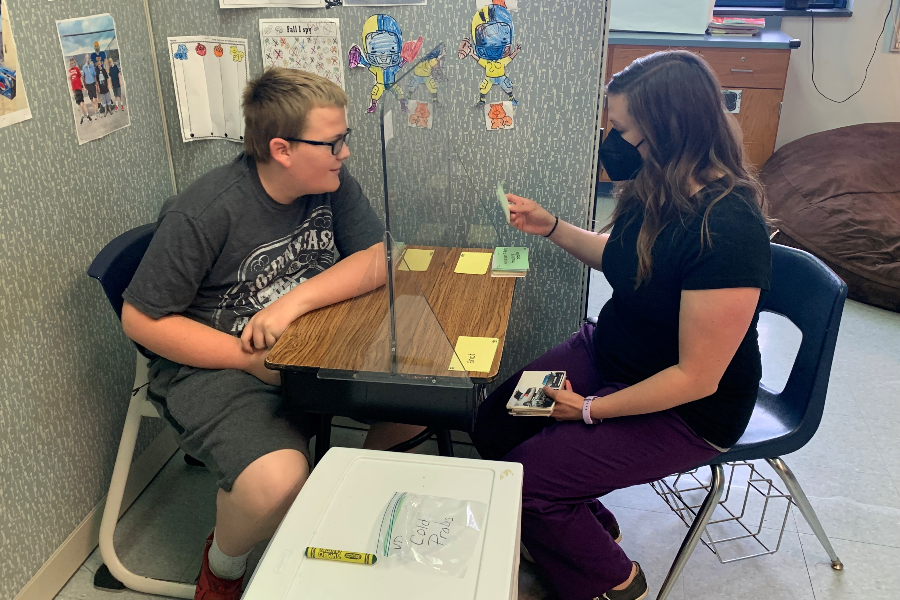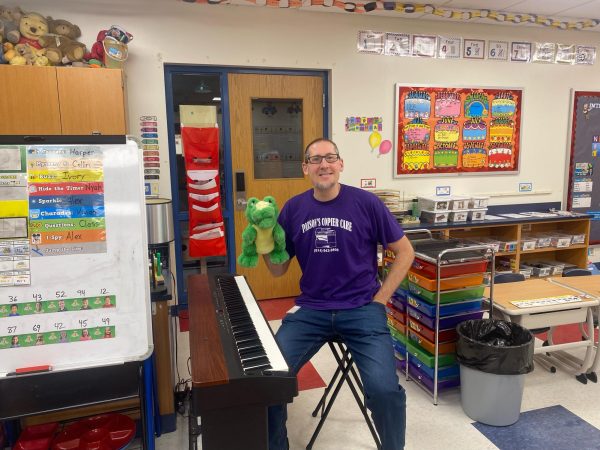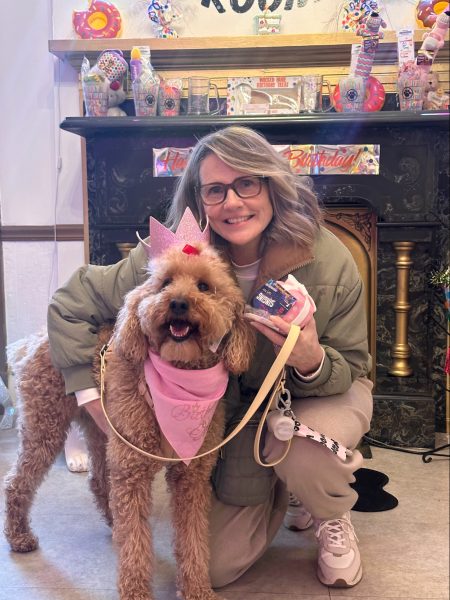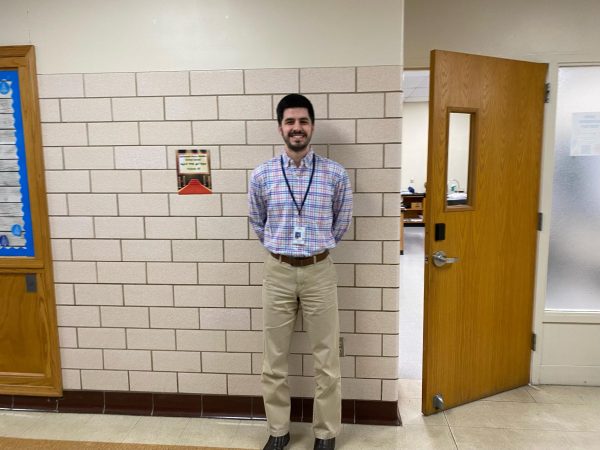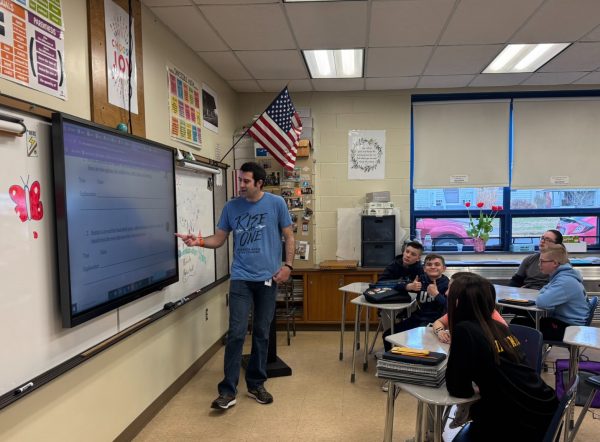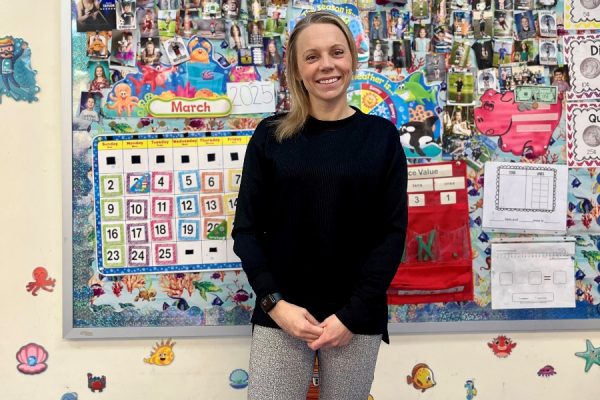B-A’s inclusion program helps whole school thrive
Mrs. Elder works with ninth grader Vincent Daughenbaugh.
Inclusion. Many people are familiar with the term, but few actually know what it means to others.
The movement to include students with special needs at Bellwood-Antis has been gaining steam for around five years and it has involved a collaboration between teachers, students, athletes, and coaches.
“In the last few years I’ve seen a great amount of growth in my students,” says special education teacher Mrs. Shannon Elder. “My students also want to feel cared for and proud. Being included by their peers gives them a sense of belonging.”
At Bellwood-Antis, inclusion has become more than heterogeneous classes. It is a movement that has come to embody embracing differences.
A LOOK BACK
Though special education is an integral part of public schools today, it was not long ago that students with disabilities were not educated in the regular school. In fact, the struggle to include all students in public education has a long history in the United States.
In the 19th century, children with disabilities were segregated from all of their classmates in public schools, if they were accounted for at all.
Parents and professionals fought for these students to be integrated into regular programs to get closer contact with their peers. Many parents discussed with educators who should be considered “disabled” and who would provide their education.
In the 1950s, most schools in the US had special education classes, but many parents argued that the segregated classes were doing more harm than good. Even though students with disabilities and special learning needs had a place in public schools, their classes that were considered separate but equal and did not provide an adequate education. In 1954, the “separate but equal” doctrine was struck down with the case of Brown v. Board of Education, which established the principle that school segregation denies students equal educational opportunity.
Although the Brown decision referred to racial segregation, it slowly began to influence the public’s thinking about people with disabilities. Almost two decades later, the federal government became much more involved in special education.
Landmark civil rights legislation opened the door for all children with special needs to receive a free and public education, and promised equal opportunity for students to participate in the full range of school activities.
“People forget that inclusion as we know it is relatively new. Before the 1970s, people with disabilities weren’t educated in a regular schoo,l, said Mrs. Elder.
Passed only 47 years ago, the Individuals with Disabilities Education Act allowed those with disabilities to finally be educated and fully included in public schools. Every year, IDEA ensures services for millions of eligible students with disabilities by involving them in general education curricula, assessment practices, and classrooms.
PROGRAMS AT B-A
Bellwood-Antis has not only made the push for inclusion in the classroom, but in extracurricular activities as well. Organized in 2018, the B-A unified bocce team aims to bring together Special Olympic-eligible athletes with those without disabilities to celebrate differences and build friendships.
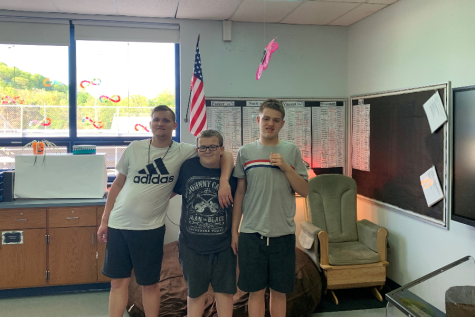
“Our students made a lot of great friends and felt very proud of themselves,” said special education aid and bocce coach Mrs. April Cramer when asked about the impact of the bocce program on her students. In the program’s first year, the group made it all the way to the state playoffs.
The environment of inclusion surrounding the bocce team has also played a big role in other programs over the last few years that spread the inclusion message, none greater than the Inclusion Club, which was started by Mrs. Leah McNaul.
Football and track and field coach Mr. Nick Lovrich has gotten his players involved with the special education program for several years, and he is also one of the teachers of adaptive physical education, which involves regular and special education students playing together in P.E. classes.
Mr. Lovrich believes that involving his teams with special education students creates friendships as well as a better school environment.
“I think sports can help bring people together. We have done a lot of things where our athletes have been in different classrooms, so I think that has helped make those bonds,” he said.
Lovrich also finds that inclusion ultimately benefits everyone involved.
“We try to have our players be good community members and that includes our school community,” Mr. Lovrich said. “I want them to be leaders in our school. We’ve had players volunteer their time during study hall to go and work with the students in the autistic support room, which I think it is a good experience for all of the students involved.”
The benefits of inclusion are also felt by teacher Mr. Matthew Elder, who noted that inclusivity of all kinds help students get out of their comfortable bubbles.
“We tend to, as humans, be more comfortable associating with people who think, act, and enjoy the same things we do,” he said. “These small circles, while comfortable, don’t expand and keep us from growing. Inclusion helps us expand these circles and thus help us expand our ideas. Ultimately, in society, inclusion can help lead to a more accepting world – making it better for everyone.”
B-A challenged its student body to accept the message of inclusion this year when it celebrated Spread the Word week. Spread the Word is a movement that has been around for more than a decade, which started as a call to action for students to stop using the R word. This year, hundreds of B-A students signed a pledge banner during Spread the Word Week and participated in spirit activities.
THE FUTURE
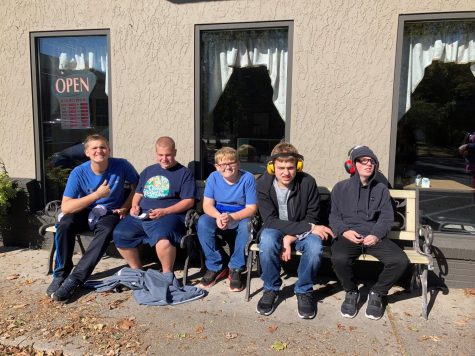
Although B-A’s efforts towards inclusion have proven successful, the pursuit for more inclusion should not stop.
“We’re all learning how we can do better for our students, but we can always learn and grow,” said Mrs. Elder.
The future of inclusion at Bellwood-Antis looks strong with programs such as bocce and the Inclusion Club along with events including the 22 push-up challenge and the Spread the Word movement.
“I believe we all have the ability to grow and learn from everyone we meet,” said Mr. Elder. “Many times, at least in my experience, we can learn the most from the people we least expect. If we keep our circles small and confined to only the people we are comfortable with, the people that think like us, act like us, and enjoy the same things we do – we deprive ourselves of the ability to grow as a person.”


